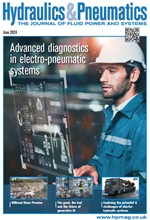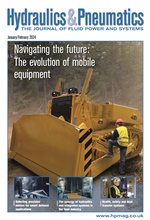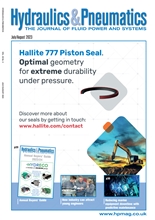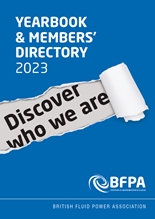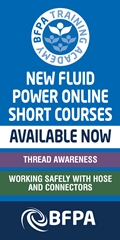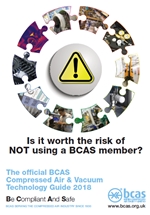- Home » Editorial » Hydraulics
The future of hydraulic materials
By Steven North, design and project engineer, Apex Hydraulics.
As with all industries, the manufacture of hydraulic cylinders is constantly developing as engineers respond to new markets and competition. As machinery becomes stronger, faster and more durable, the materials and coatings used for hydraulic systems need to match this growth. Industries demand hydraulics that are more robust, with greater longevity and the ability to endure more extreme environments.
Stainless steel
Stainless steel is often the material used to make piston rods. In the recent past, the stainless steel of choice for piston rods has been 431 stainless steel, but now hydraulic system manufacturers more commonly use 17-4 PH stainless steel. This is stronger than 431, with better corrosion resistance and mechanical properties, but it can be difficult to weld and has a disadvantageous resistance to chrome adhesion.
The future is likely to be a prevalence of a newer steel such as F-51. F-51 benefits from the positive mechanical properties of 17-4, but with better weldability and chrome adhesion. Currently F-51 is extremely expensive, but as prices are driven down it will become more commonplace.
Coatings
Some experts suggest that the coating used is more important that the material underneath. The most resistant of steel can be corroded if suffering from a cracked coating. Hydraulic rods cannot be painted, as the rod has to go through all the seals, so it requires a coating to protect the material from pitting and corrosion.
Traditionally, Hard Chrome Plating (HCP) has been used – but it contains microcracks, making it somewhat porous, reducing the lifespan of the rod. A new product has been developed; Corex, that is 10 times less porous than hard chrome plating. While more expensive than HCP, it benefits from a massive bond strength of more than 10000 PSI, with a hardness of 1400Hv – almost double the hardness of HCP.
These properties give it a resistance to impact as well as resistance to pitting and corrosion in day to day wear and use, meaning that a less expensive steel can be used, with the potential for greater longevity of the rod in spite of that. In addition, the production of Corex is far better for the environment than HCP is.
Chrome has a limited production capacity, as it is applied by a process which involves utilising positive and negative charges by passing electricity through the material. There is a size limitation of around 8 metres in the UK, over which it has to be transported to subcontractors in Europe for coating. Therefore, for especially oversized cylinders HCPis an expensive option. Corex has been developed to have fewer of the restrictions that HCP carries, and can be used to coat rods of almost unlimited lengths.
-
Smart Manufacturing & Engineering Week
05 - 06 June, 2024
NEC, Birmingham -
HILLHEAD 2024
25 June, 2024, 9:00 - 27 June, 2024, 16:00
Hillhead Quarry, Buxton, Derbyshire UK



